How to grow eschsholzia on your site?
Many gardeners have been growing Escholzia in their garden plots for decades, since these bright flowers are unpretentious and multiply by natural self-seeding. For those who plant this crop for the first time, it is important to know the intricacies of the process of growing from seeds: how to carry out stratification, the timing when it is time to plant seedlings and in open ground, the rules for watering and fertilizing, and much more. In this article, we will take a closer look at the whole process of breeding these solar poppies, popularly called "wormwood".
When to plant Escholzia to get flowers in May?
Escholzia (wormwood, Californian poppy) is one of the representatives of the poppy family. There are many and annuals in her family. The latter are more often grown in the garden. If you want to decorate a flower bed with these flowers for the first time, use one of three methods:
- sowing seeds in open ground in early spring;
- sowing seedlings at the end of winter and disembarkation after night frosts;
- sowing in late autumn (October-November) - gives the earliest flowering.
To get seedlings faster, it is allowed to "wake up" them: place them in a container on a cloth and spray from a spray bottle so that they are always moist and do not dry out. Once the seeds are swollen (but not yet germinated), they are ready to plant.
Young wormwood plants tolerate low temperatures well, withstanding up to -5 ° C, therefore, sowing and planting seedlings in open ground are performed as soon as the threat of recurrent frosts passes. With this cultivation, the first flowers appear in May and delight all summer.
After transplanting to a permanent place, young plants begin to bloom in an average of 30-40 days. During the budding period, the bush develops, old flowers fall, new ones appear, the stems begin to creep. In the fall, Escholzia throws out seeds, the mother plant dies off with the onset of frost. In early spring, new seedlings appear, which are easy enough to thin out. Thus, planting is needed only the first time, then the flowers multiply by self-seeding.
Advice! Planting Echscholzia in open ground in the spring should be done when it is still cool, since with late sowing, seedlings that appear after 2-3 weeks may die at high daytime temperatures.
In order for the plants to develop well, sprout together and begin to bloom earlier, seeds should be stratified in one of the following ways:
- put the seeds in the refrigerator on the bottom shelf (or door) after the autumn harvest for the whole winter;
- in spring, soak the seeds in water for 12 hours and then put them in the refrigerator for several days.
When planted in autumn, the seeds will undergo natural stratification in the ground, so they do not need additional "hardening".
Rules for planting escholzia in open ground
Autumn sowing differs in that seedlings should appear only the next year, after the snow cover disappears, since the soil is cold. If late autumn turns out to be warm (which is likely in the southern regions of Russia), then the seedlings will inevitably die during winter frosts. To avoid this, the seeds should be planted before the soil freezes, but not before October. There is no need to water the furrows during autumn planting. Spring sowing can be started already in early April.
Site selection
It is important to choose the right place for flowers. It must be well lit, since the plant will not bloom in the shade and partial shade.In addition, water should not stagnate there after rain or watering. It is ideal to choose the part of the garden or flower bed where the snow melts first.
Poppies love light, fertile soils with a high content of sand, peat and compost. It is important that the soil is not acidified, therefore, before planting, it must be treated with dolomite flour, lime, or wood ash is added. Before sowing, the soil should be dug up, loosened, watered moderately.
Planting and thinning
It is advisable to sow dry seeds (especially in a cold rainy spring). Since the seed is very small, it is easier to sow if it is first mixed with dry sand and evenly poured into rows, 2-3 cm deep, located at a distance of 30 cm from each other. If the seed was purchased granular, it must be sown individually, using tweezers, leaving about 10 cm of gap.
It is recommended not to fill the grooves with seeds with soil, but to mulch with peat or rotted sawdust. After the emergence of all shoots, weak plants should be removed, leaving the strongest of them at a distance of 15-20 cm from each other.
It is preferable to sow the seeds immediately to a permanent place, since the escholzia has a fragile long root, damage to which leads to the death of the entire plant. But if you sow correctly at home and carefully plant the seedlings, then the plants will take root pretty quickly.
Top dressing
Eschsholzia as a whole is very responsive to the content of minerals, therefore, the first feeding with complex mineral fertilizers is carried out two weeks after germination and after the same period of time after planting seedlings.
Sowing seedlings
After preliminary stratification, the seeds are placed in peat tablets or pots. This method is preferable because it excludes picking. When transplanted into a large container, there is a high probability of death of almost all seedlings due to damage to the roots.
The process of sowing escholzia in peat tablets is simple and includes the following series of steps:
- The tablets should be placed in a container about 8 cm high.
- Water should be gradually poured there until the washers stop absorbing and swelling (excess liquid must be drained at the end of the process).
- The easiest way to plant seeds is with a toothpick, one end of which is moistened with water. A seed easily sticks to it, which is embedded in the prepared soil. One tablet is intended for one sprout, but it is still better to plant two in order to leave in the future the strongest plant of the pair.
- Further, the peat soil should be moistened from a spray bottle, preventing it from drying out.
It is also convenient to plant seeds in peat pots, after filling them with soil, using an ordinary wooden toothpick. It is important not to overexpose young plants in pots and move them to the garden in time so that the roots do not pass through its bottom - otherwise they can be easily damaged.
Watering and replanting
It is necessary to monitor the level of moisture and drainage in containers with seedlings: Escholzia does not like stagnant moisture. Water the seedlings sparingly, after the top layer has dried. The optimum temperature for seedlings is + 21-23˚C. Before planting in open ground, the sprouts should be “hardened”: put containers in a cooler room (ventilate the room, take them out onto the balcony or outside), gradually increasing the duration and lowering the temperature. If the first hardening procedure lasts only 20-30 minutes, then the final one should be 3-4 hours.
You should start moving the seedlings into the garden when the air temperature warms up to + 18-22˚ С.The furrows should be watered, the young plants should be carefully removed from the container and placed in the ground along with a peat pot (tablet), sprinkled with moist soil on top and mulched with peat, sawdust or rotted foliage.
Flower care rules
For the successful cultivation of escholzia, it is enough to place the flower bed in a sunny place and prevent stagnation of water and excessive irrigation.
Flowers do not like the high nitrogen content in the soil, therefore, you should not pre-fertilize the soil with manure, and also apply mullein infusion under the plants, use chemical nitrogen fertilizers. It is best to feed the plantings with complex mineral fertilizers: two weeks after germination, after planting in the ground, and then every 3-4 weeks.
Watering adult flowers, like seedlings, is best done sparingly, after the soil has dried. Preferably in the morning, from a watering can and under the root.
If the summer was rainy and the drainage of the soil was insufficient, then diseases of the root system can be determined by the following signs:
- flowers wither, their cups sink down, irrigation does not help;
- if you dig up a flower and examine its roots, you will notice a gray coating with brown spots - root rot.
In this case, it is necessary to dig up all the affected plants so that the rest do not become infected. Watering should be temporarily stopped (covered with a film from rain) and the soil should be treated with fungicides, such as Bordeaux mixture, Previkur, Fundazol, Rovralom, copper sulfate. In the future, watering should be minimized to avoid waterlogging of the soil. Echscholtia demonstrates excellent immunity to other "flower ailments", becoming ill very rarely.
If the summer, on the contrary, turned out to be dry, then the spider mite can spoil the appearance of the flower bed. It is easy to spot on the leaves and flowers that it envelops in cobwebs. If you do not take any measures, then other plants will soon be infected, and only dry stalks will remain from the plantings of the escholzia, since insects suck nutritious juices from the plants, leading to their wilting.
In the fight against insects, including aphids, such drugs as "Oberon", "Agravertin", "Iskra", "Fas", "Actellik", "Nissoran", "Akarin" will help.
In early autumn, at the beginning of the ripening of the pods, you can collect seeds for planting in another place. To do this, it is enough to wrap several boxes with a light cloth and wait for the seeds to be ejected. After that, it remains to collect them for storage.
Eschsholzia blooms with a bright carpet, but it is easy to thin it out so that it does not invade neighboring flower beds. It is enough to plant a Californian poppy once, and for many years enjoy the wonderful flowering from early spring to the beginning of autumn frosts.
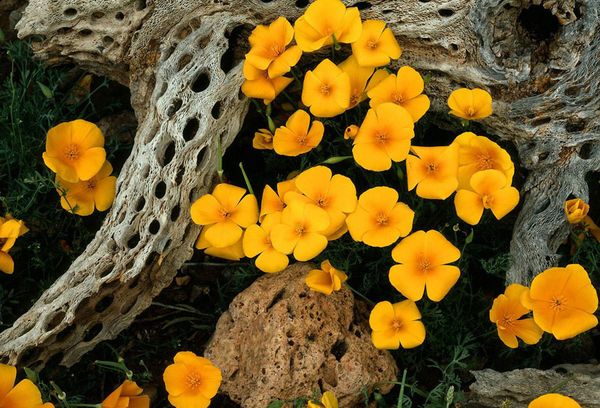
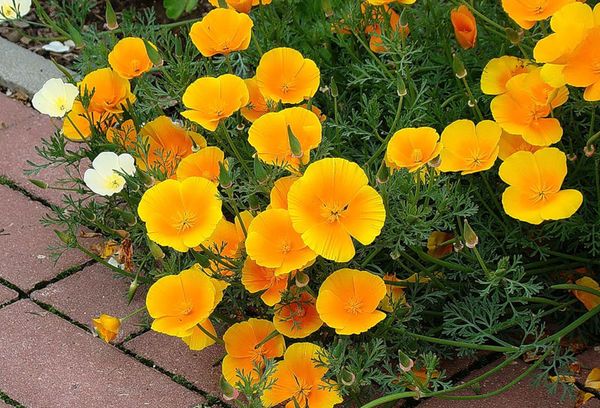
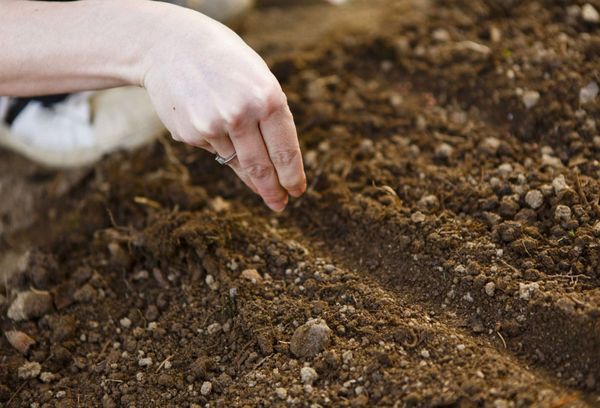
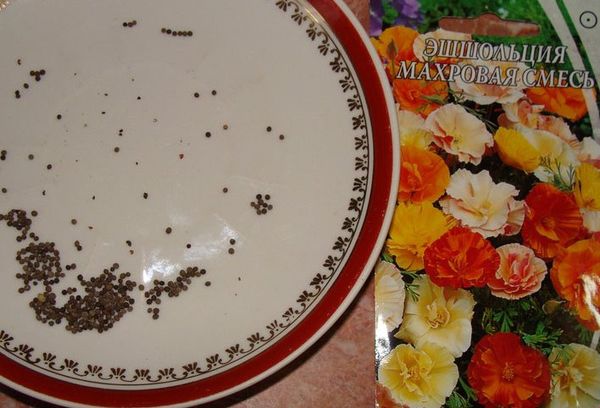
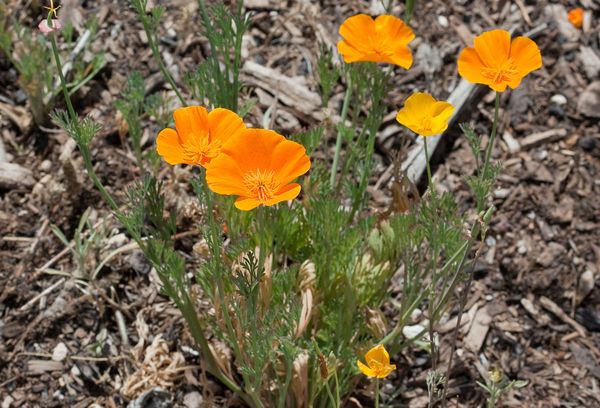
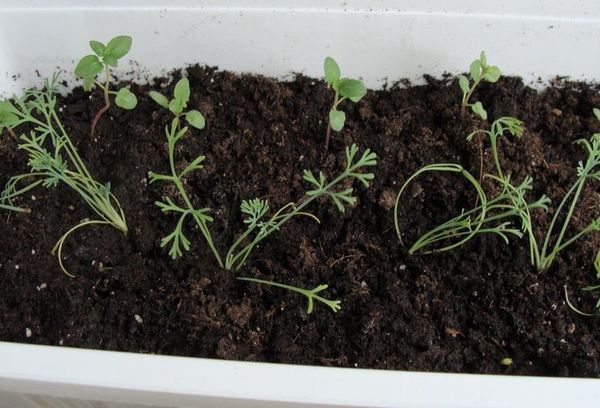
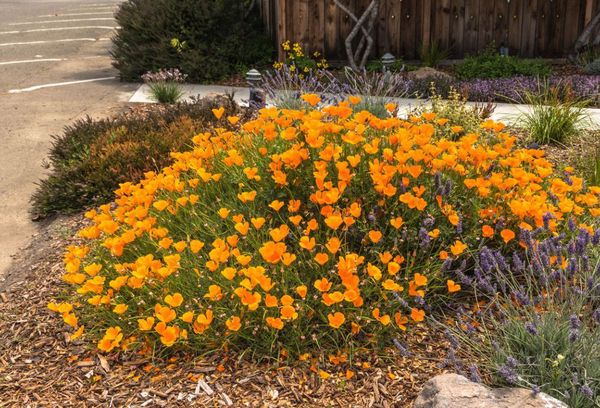
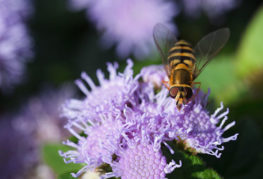

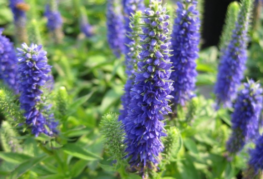
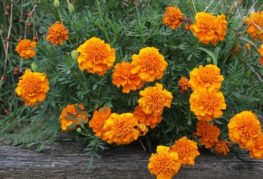
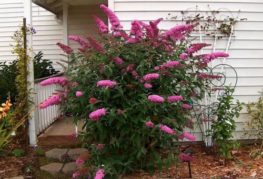

and will be published shortly.